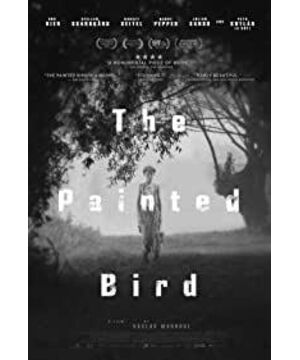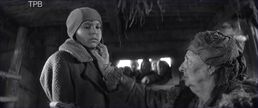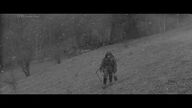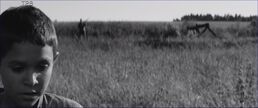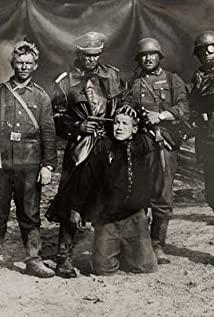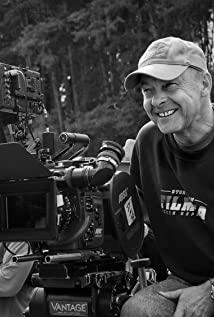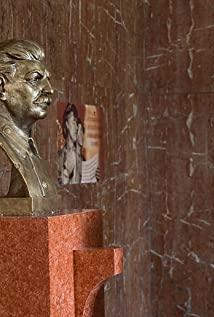I watched this movie two weeks ago, and my memory is a little vague, but I vaguely remember that the movie made many important changes to the original novel, such as (1) taking time out of the class issues reflected in the original novel, or the urban elite and rural people. (2) The original book pointed out that the hero was not Jewish or Gypsy, but the film used the number of the concentration camp prisoners on his father’s arm, intentionally or unintentionally alluding to the hero’s Jewish identity; (3) The original book describes the internal conflict between Jews who were transported to the concentration camp and the Jewish leaders who sacrificed other Jewish lives to save their lives. The movie omits these two details; (4) In the original book, the boy's suffering is seen at the beginning The Crucifix is the one, and the movie is changed to the Virgin and Child.
In my opinion, the changes in these details are extremely fatal. The class background set in the original book adds an important historical dimension to the traditional World War II narrative and even the Holocaust narrative. The film's ignorance of this issue undercuts the complexity of the Holocaust. This problem is exacerbated by the film's ignorance of the state of internal conflict among the Jews, into the historical nihilism it seeks to avoid. After all, in the analysis of Arendt et al., the division of European Jews and the sacrifice of other Jews by Jewish leaders were the two causes of the Holocaust. The division was not only a division of culture, but also a division of class; self-preservation did not bring about the salvation of the Jewish people, but instead plunged the Jews into a deeper crisis. The film aims to discuss evil, but the absence of these important details prevents further exploration of evil. Evil can only be deeply presented and considered in extreme situations that mainstream ideology deliberately avoids. Therefore, the film's suggestion of Jewish identity does not deepen the reference to the Holocaust, but instead exposes its pandering to contemporary mainstream narratives and simplifies the complexity of history.
In the original book, after the boy leaves his hometown, he sees a crucifix at the entrance of an unfamiliar village. This icon is a metaphor for the boy's suffering. Jesus' crucifixion was not to atone for the sins of the world, nor to highlight his supreme and almighty. On the contrary, Jesus was so "weak" and "foolish" that he was crucified, not a transcendence of suffering. Instead, he was physically and mentally tormented and pained, and his suffering exposed the bankruptcy of Theosophy. This is a thorough theology of the cross rather than the theology of glory, which is in line with the author's understanding of evil: all suffering is meaningless, all evil is real, and the so-called divine righteousness cannot be used to cover individuals Unrecoverable suffering and pain. The film replaces the Madonna and Child, and although it can be justified by the French, I always feel that this loses the real meaning that the author is trying to show through the incident of the cross.
In the face of the complexity of history and the reality of suffering, I hope we can all be faithful witnesses.
View more about The Painted Bird reviews


